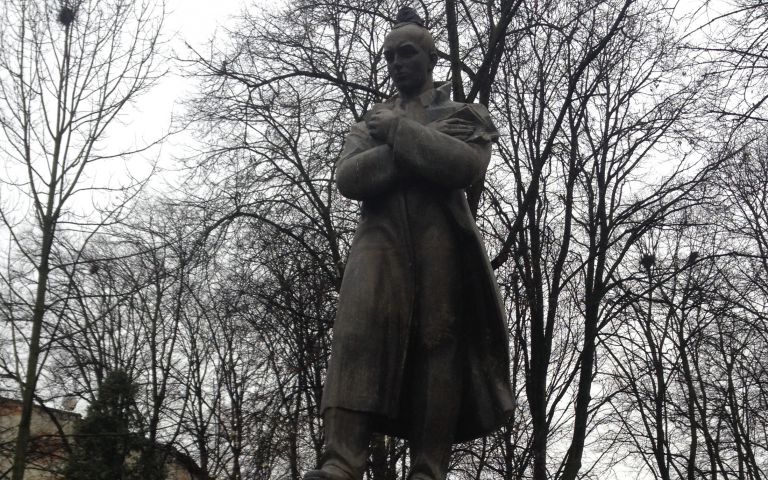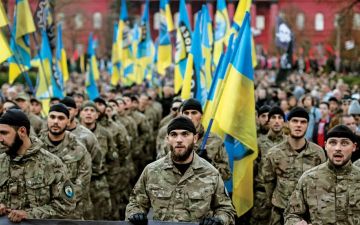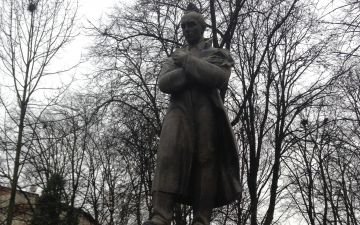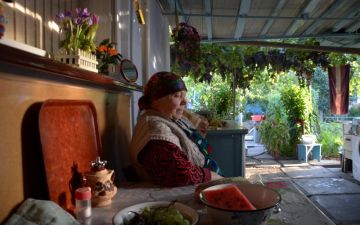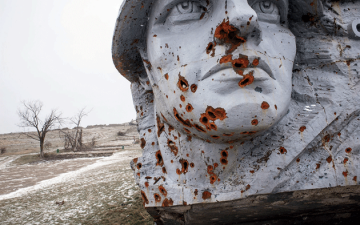Today, Ukraine is caught between competing realities, trying to define its identity and place in the world order while being pulled in opposite directions by greater geopolitical powers.
At its core, the current conflict comes down to identity construction after the country’s independence in 1991. In Ukraine's east, the horrors of Soviet rule are ignored in favor of nostalgia for a simpler past and nationalism fueled by the Kremlin, drawing the population closer to Russia. Meanwhile, in central and western Ukraine identity is created in antithesis to Soviet rule—using USSR history as a scapegoat and pivoting the population toward Europe.
Across western Ukraine statues of Stepan Bandera have been erected in parks. (Bandera was a Ukrainian nationalist who worked with the Nazis to fight the Soviets, which Putin has harped on and Russian-speakers in the east point to as evidence of “fascism.” His reputation was rehabilitated in Ukraine by post-Orange revolution president Viktor Yushchenko.) Meanwhile, in eastern Ukraine’s parks, bronze Lenins watch over strolling couples.
“Lenin and Bandera would never meet in a park,” a pro-Russian activist in Donetsk told journalist Sarah Topol in early 2015. And it’s true: There is no park in Ukraine that would hold both statues; there is no neutral ground for both narratives in the country right now. No elections have changed these realities—in fact, they have only exacerbated them. No war will solve them either. Yet, the casualty numbers from this ideological clash increase everyday. In this project, Topol looks at whether a country so divided can ever move forward.
